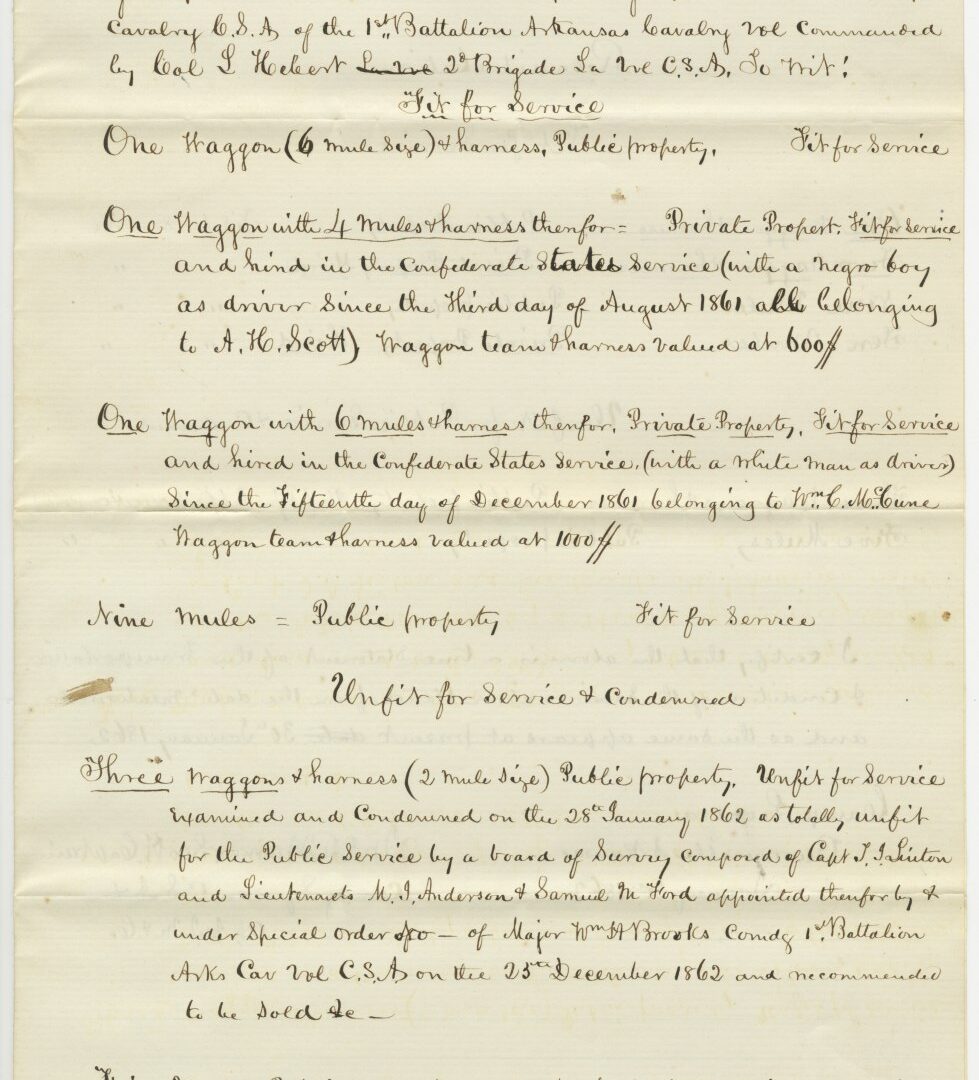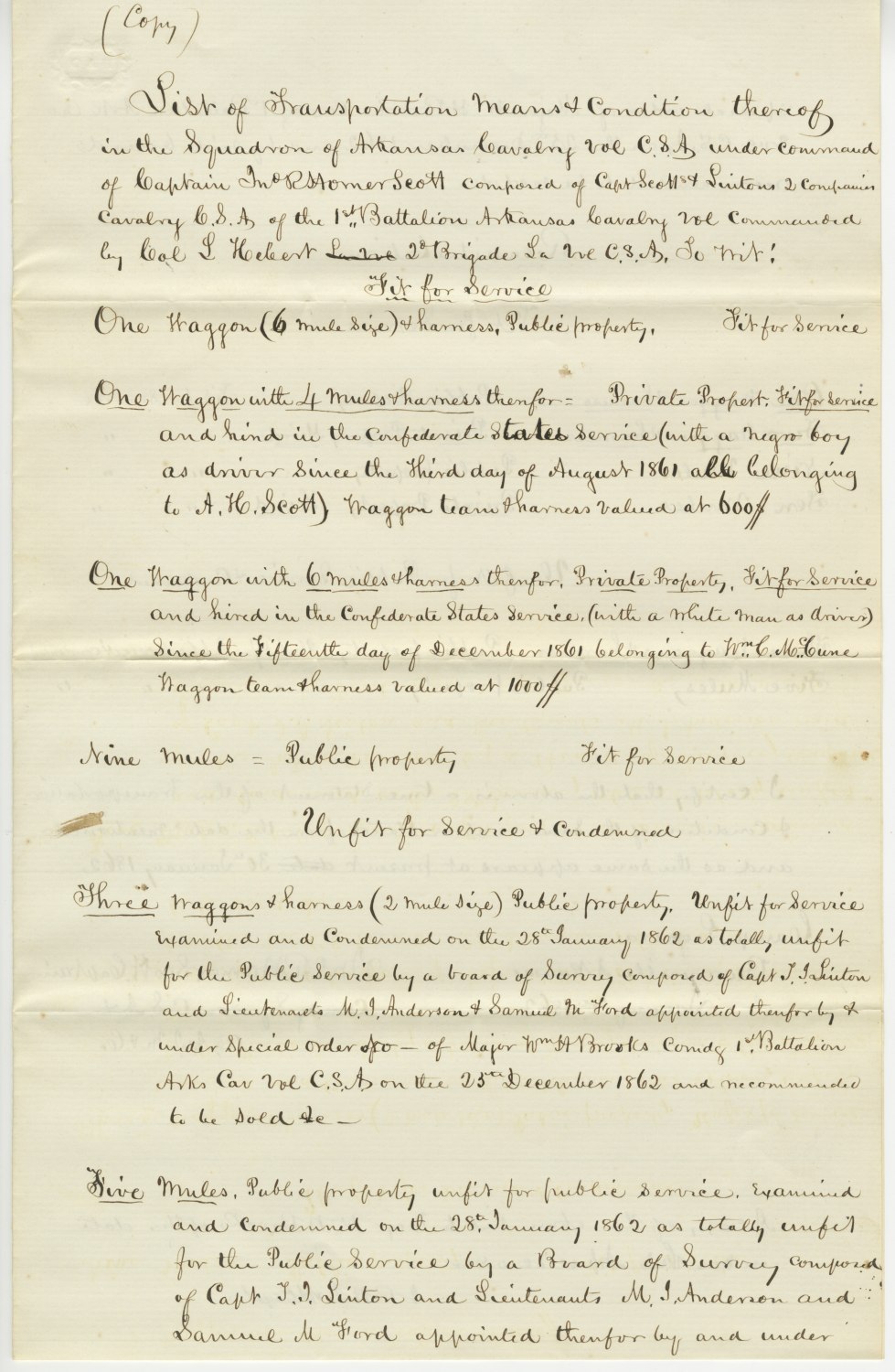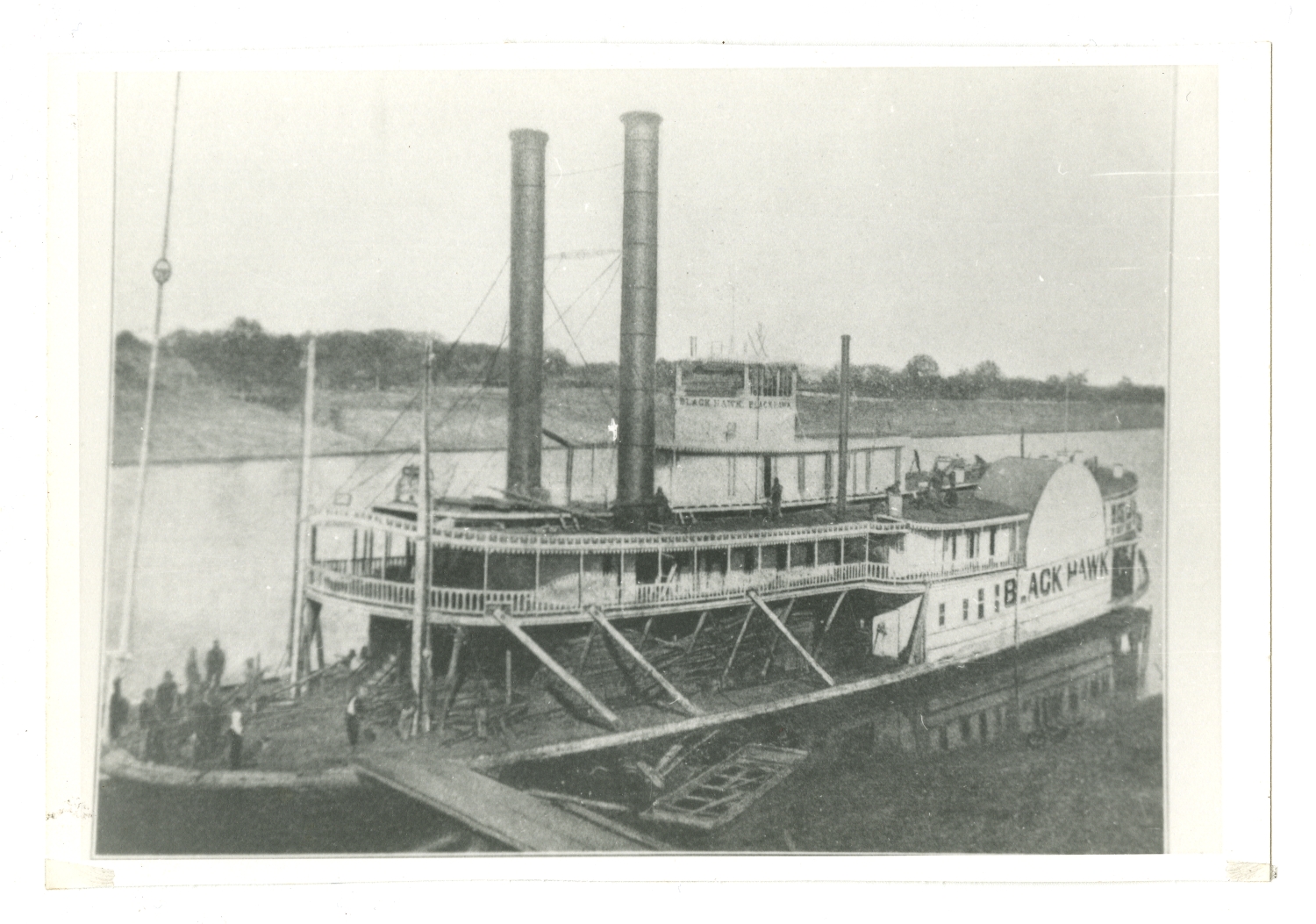Civil War and Transportation
Introduction
Throughout the 19th century (1800s), the means of transportation and transportation infrastructure developed rapidly in the United States. State and federal governments as well as private companies and entrepreneurs invested large amounts of money in new transportation inventions and infrastructure. One reason behind this development was the growing size of the country. As the United States continued to expand westwards and colonized lands all the way to the shores of the Pacific Ocean, a need for efficient, quick, and inexpensive transportation grew too.
During the Civil War, the armed forces of both the Union and the Confederacy relied on many kinds of transportation. Soldiers marched from one place to the other mostly on foot but also used horses to move around more quickly. Simple wagons operated by a driver and pulled by horses or mules were commonly used to transport supplies. Most roads at the time were poorly designed and maintained dirt roads although several major well-developed roads that made transportation faster and more efficient existed too. In addition to these long-used means of transportation, advancing new technology played a very important role as well. Steamboats, which moved across rivers and a network of canals built in the first half of the century, were a cheaper and faster way to transport large amounts of supplies, humans, and animals. Railroads, which developed rapidly after 1830, were also widely used by the Union and the Confederacy military forces.
*Important vocabulary note: One document used in this activity, includes the term “Negro” to refer to an African American. Today, this term is considered offensive and disrespectful. Until the 1960s, however, it was used as a descriptive (neutral or non-offensive) term that both black and white Americans used to refer to African Americans. Historical documents often include words that we consider offensive and disrespectful today. It is important that we study how language changes and remember that words, just like actions, are often used to harm or belittle individuals or entire groups. History helps us understand why words matter.
Activity Questions
Inventories of military supplies by John Rice Homer Scott for Arkansas cavalry units during Civil War, page 1
- Before you analyze this document, see “Important vocabulary note” in “Introduction” for additional information on the use of the term “Negro” in this primary source.
- What is this document? See the first paragraph for important information.
- When was this document written? See the document caption for more information.
- What means of transportation are listed in this document? What role did animals and humans play in providing transportation to the military during the Civil War?
- What does a difference between “public property” and “private property” suggest in this document? What does this difference tell us about how the military obtained means of transportation during the Civil War?
- One wagon was hired by the military with an African American man as a driver and one wagon was hired with a white man as a driver. Although this document does not say it, we can conclude with certainty that the African American driver was enslaved, and the white driver was free. What does this information tell us about different ways, in which slave owners benefited from the labor of the enslaved persons that they owned?
- This document’s author refers to the African American driver as a “boy” while the white driver is described as a “man.” Today, we use the word “boy” to describe a very young man, and the word “man” means an adult man. But that was not the case in the United States in the past. Research how the word “boy” was used by white Americans to describe adult African American men in the past. Using this example, discuss how words change their meanings depending on how they are used and why it is important that we learn how words were used in the past.
- What does this document tell us about transportation in the military during the Civil War?
Steamboat Black Hawk
- When were these photos taken?
- What can we see in Photos 1 and 2? Describe the photos in detail.
- What were the advantages and disadvantages of using steamboats as means of transportation during the Civil War? Consider their size, speed, capacity, cost, what they need to move around, etc. Do further research if necessary.
- Compare these two photos to the inventory of transportation that you analyzed earlier. What do these three documents tell us about transportation during the Civil War? Was transportation at the time simple, old-fashioned, or even primitive? Or did it rely on recent technology and industrialization?
Primary Sources
To learn more about the primary sources featured in the activities above, click the following links:
Arkansas Social Studies Standards
Social Studies (US History 1800-1900), Grades 8
- Strand: Era 5: Civil War and Reconstruction 1850-1877
- Content Standard 2: Students will analyze the American Civil War and Reconstruction and their effects on the social, economic, and political development of America.
- Era5.2.8.2 Explain ways economic decisions affected individuals, businesses, and society during the course of the Civil War and over time
- Era5.2.8.3 Analyze social and economic effects of the Civil War on America
- Era5.2.8.4 Analyze the historical significance of selected Civil War battles, events, and people
African American History, Grades 9 -12
- Strand: A Country Divided 1820-1877
- Content Standard 3: Students will compare and contrast the development of the northern, western, and southern regions of the United States and the effects on African American men and women.
- CD.3.AAH.1 Compare and contrast the effects of economic developments in multiple regions of the United States on African American men and women between 1820 and 1877
Arkansas History, Grades 7 – 8
- Strand: History
- Content Standard 7: Students will examine the impact of historical events and people on the development of Arkansas
- H.7.AH.7-8.3 Analyze the historical significance of selected Civil War battles, events, and people in various regions of Arkansas
Arkansas History, Grades 9 – 12
- Strand: Era 3: Civil War Through the Gilded Age 1861-1900
- Content Standard 3: Students will analyze factors that influenced the perspectives of Arkansans from the Civil War through the Gilded Age.
- Era3.3.AH.9-12.2 Research social, economic, and political effects of the Civil War on citizens in various regions from multiple perspectives
- Era3.3.AH.9-12.3 Analyze the historical significance of selected Civil War battles, events, and people in various regions of Arkansas
Key Terms
More Information
- https://encyclopediaofarkansas.net/entries/transportation-399/
- https://americanhistory.si.edu/america-on-the-move/transportation-1876
- https://www.britannica.com/video/195090/Union-forces-railroads-Confederate-troops-American-Civil
- https://encyclopediaofarkansas.net/entries/civil-war-through-reconstruction-1861-through-1874-388/
Downloadable Guides and Handouts
We encourage K-12 educators to use History Alive: Virtually! in a way that will best match their classroom needs. The “Exercise” handout includes a complete exercise as featured on this website, the “Primary Sources” handout includes only primary sources used in the exercise, and the “Questions” handout includes analytical questions from the exercise but is editable and can be easily changed to best match students’ needs.
Civil War and Transportation – Exercises



